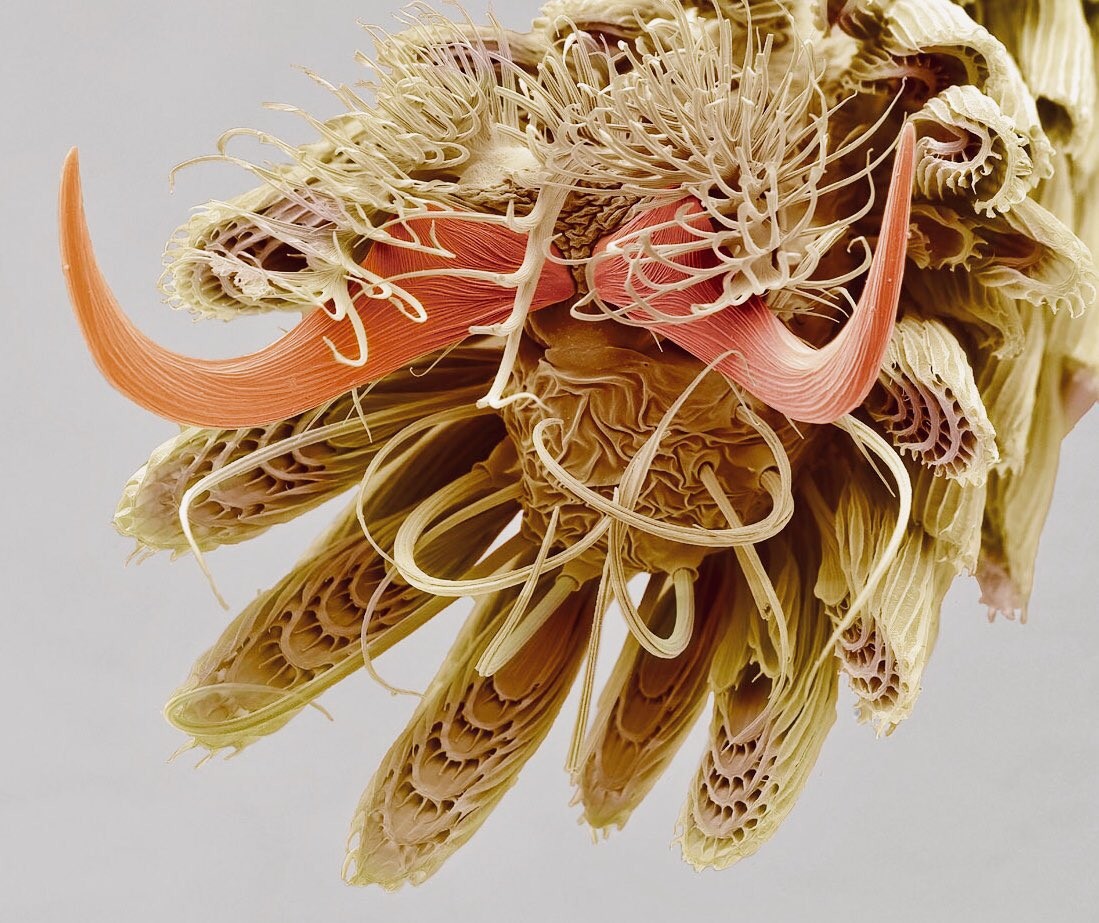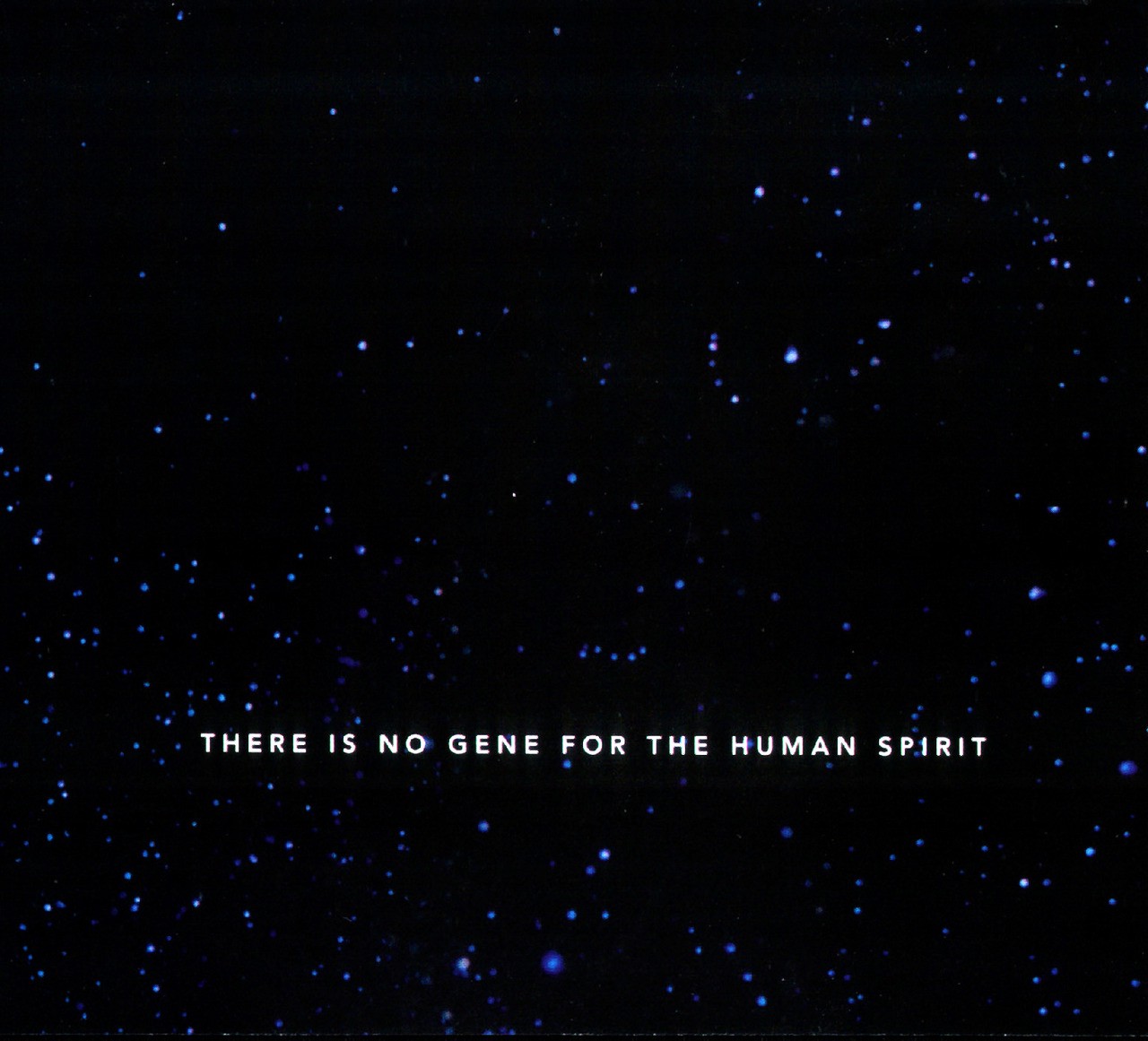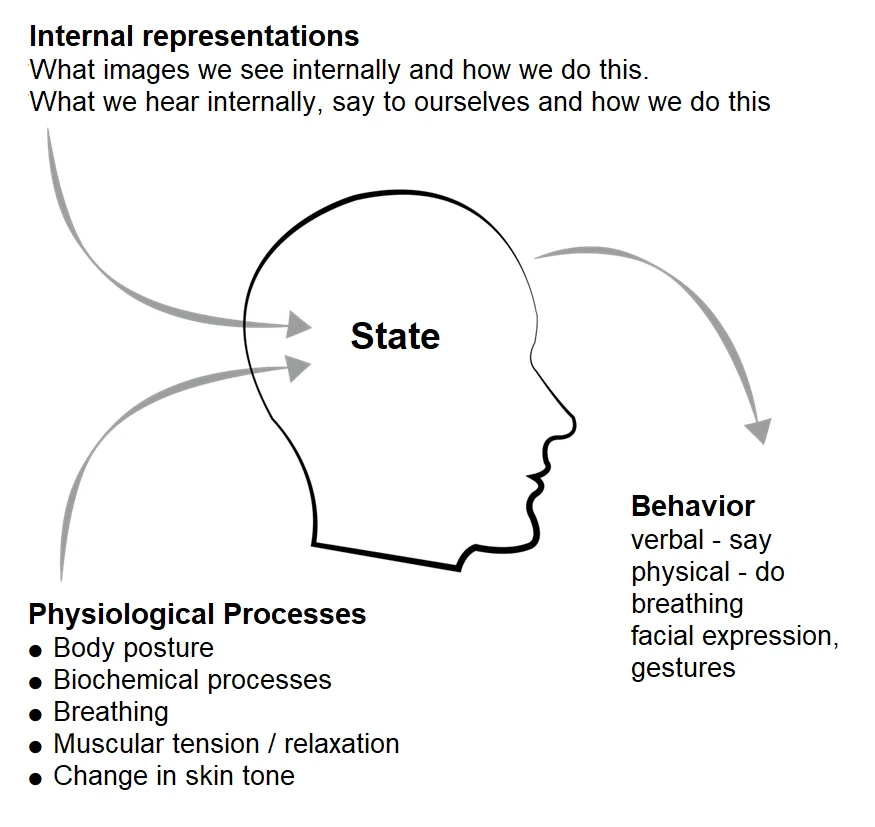tag > Biology
-
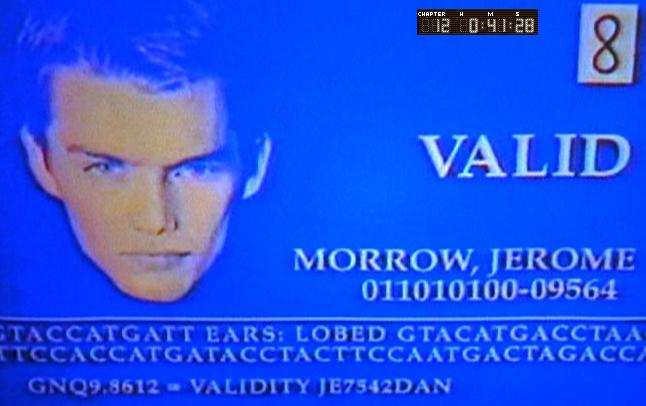
New GWAS research found genetic links between poor math ability and most psychiatric disorders. Links between strong language ability and schizophrenia and employment in creative professions were also found.
#Comment: They measure genetic predictors of only 30,982 individuals in "school performance" which is a strange metric awarded by a strange institution, and then ignore the complex web of influences and make bold claims. Pathways to eu-gene-ics?

"There are no genes 'for intelligence.' Mutations in thousands of genes indirectly and non-specifically affect intelligence." - From Innate: How the Wiring of Our Brains Shapes Who We Are, by Kevin Mitchell, Princeton University Press (2018).
-
Map shows that giraffes in various parts of Africa have different patterns. Wonder if that's the case for other animals too? (Source)

-
How a Wasp Turns Cockroaches into Zombies (more, more) "A special chemical blend injected into the brains of cockroaches makes them pawns in the jewel wasp’s control—and perfect live food for its offspring"
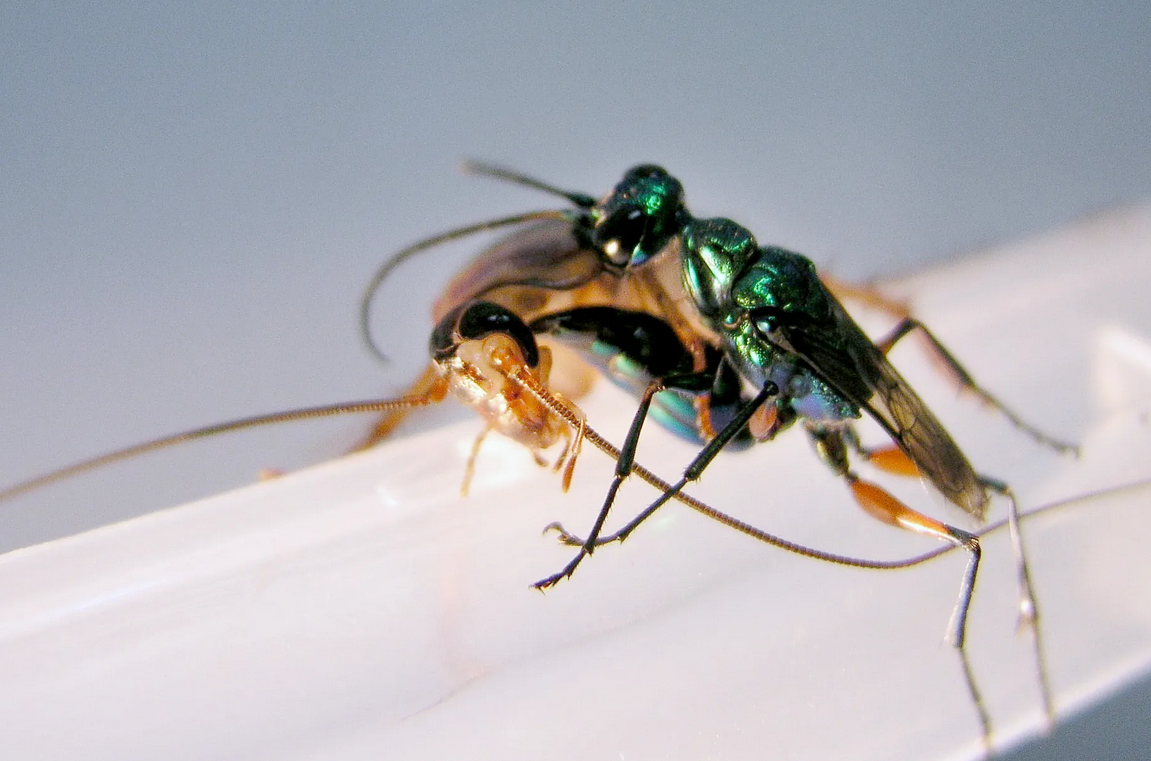
-
Eating viruses can power growth, reproduction of microorganism: Researchers have discovered the first known "virovore," an organism that feeds on viruses. Probably there are many others like it -- an entire, previously unknown food chain.
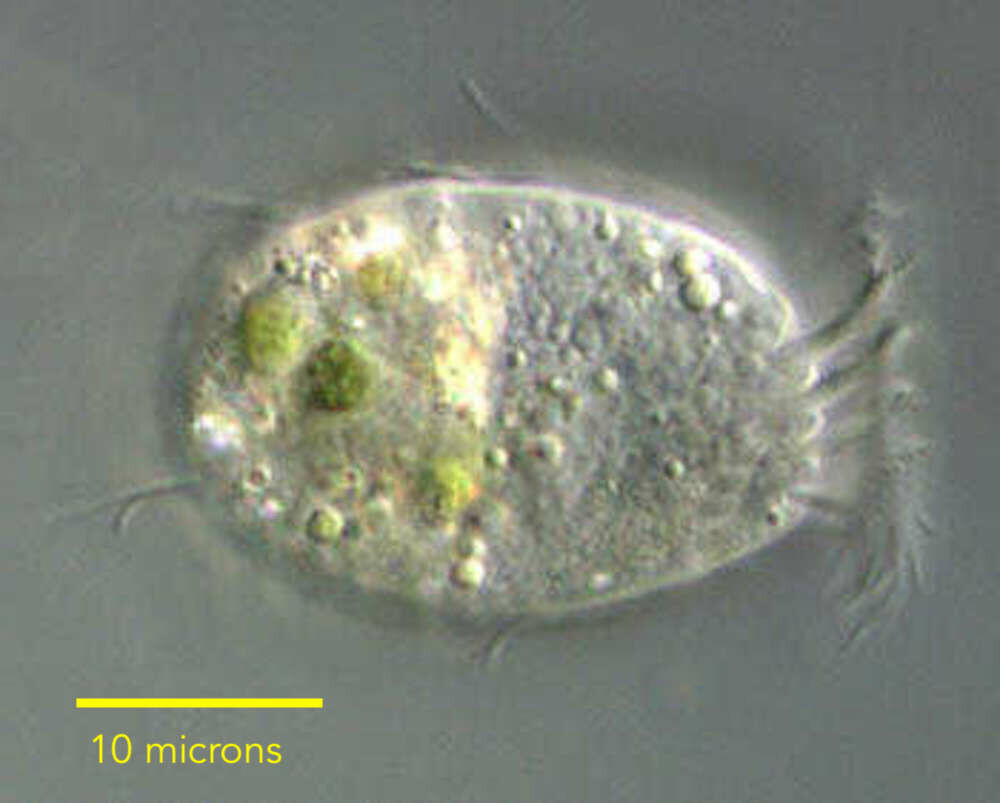
-
Kombucha electrical spiking paper. Moving towards deciphering language of kombucha zoogleal mats. #Comment: In the near future people will start to appreciate that we are surrounded by highly complex communities of alien beings that together are super intelligent... and taste excellent.
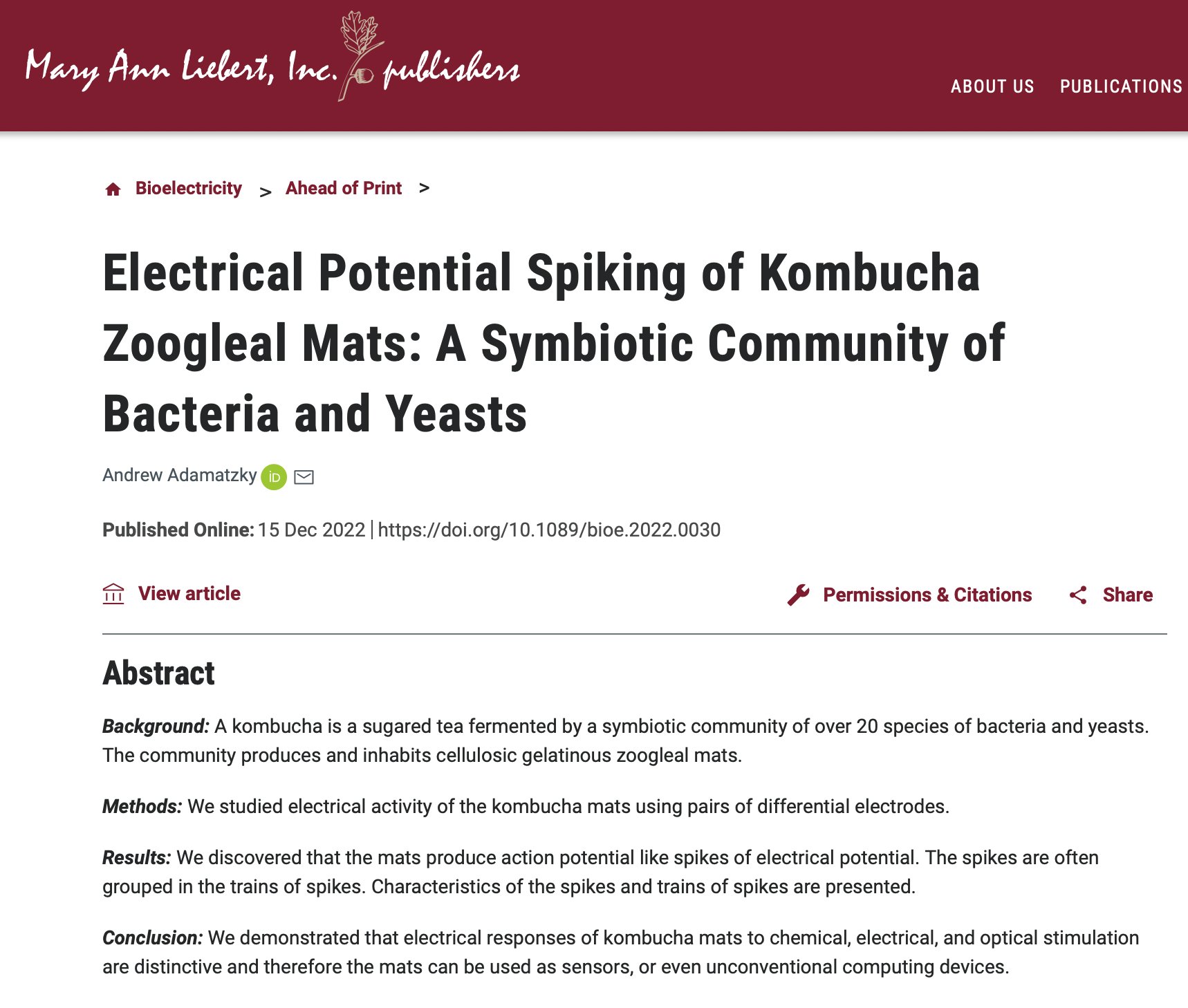


-
A Mind/Brain/Matter Model Consistent with Quantum Physics and UFO phenomena
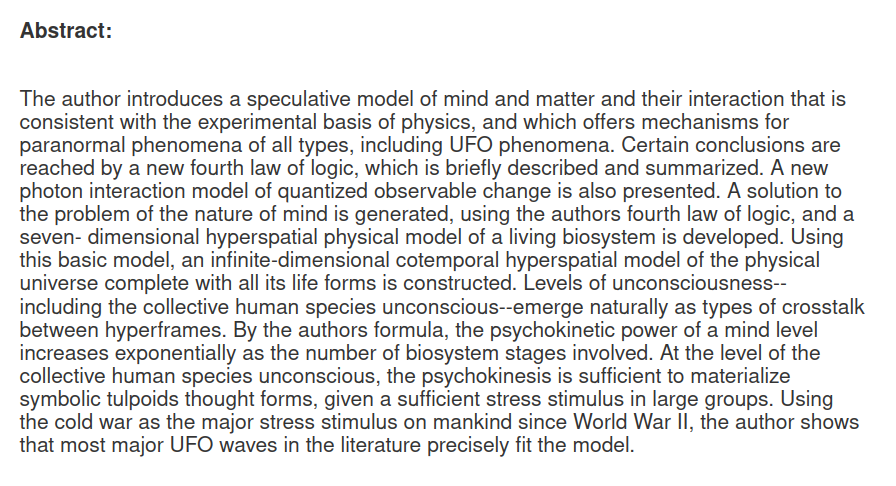
"At the level of the collective human species unconscious, the psychokinesis is sufficient to materialize symbolic tulpoids thought forms, given a sufficient stress stimulus in large groups.. the author shows that most major UFO waves in the literature precisely fit the model."
-
The effect of stress on biophotons

"Popp also examined the effects of stress. In a stressed state, the rate of biophoton emissions goes up — a defense mechanism designed to restore the patient’s equilibrium."
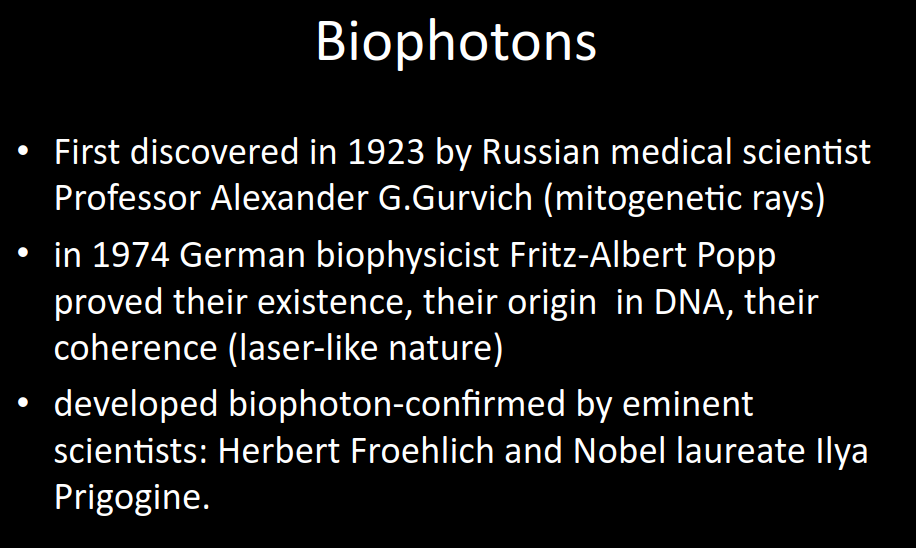
-
Artificial Empathy
It is perplexing how so many people are excited for Artificial Intelligence yet seemingly do not care much about the very intelligent beings all around them. Spending just 30min learning about how we treat animals or what the state of biodiversity is, will shock & change anyone.
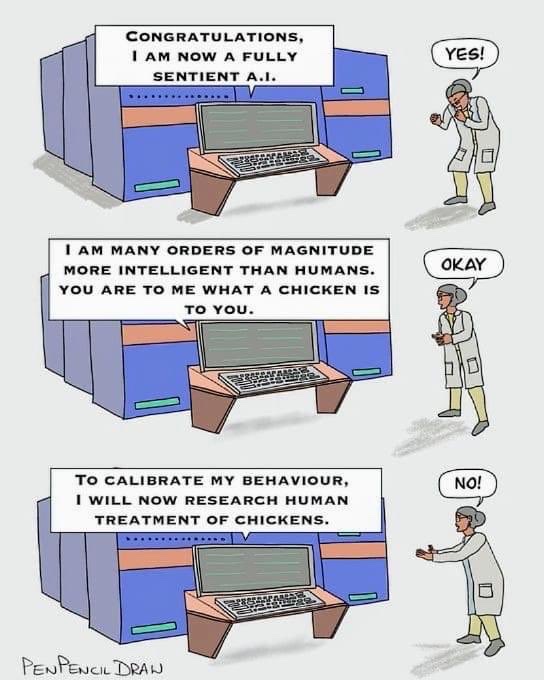
-
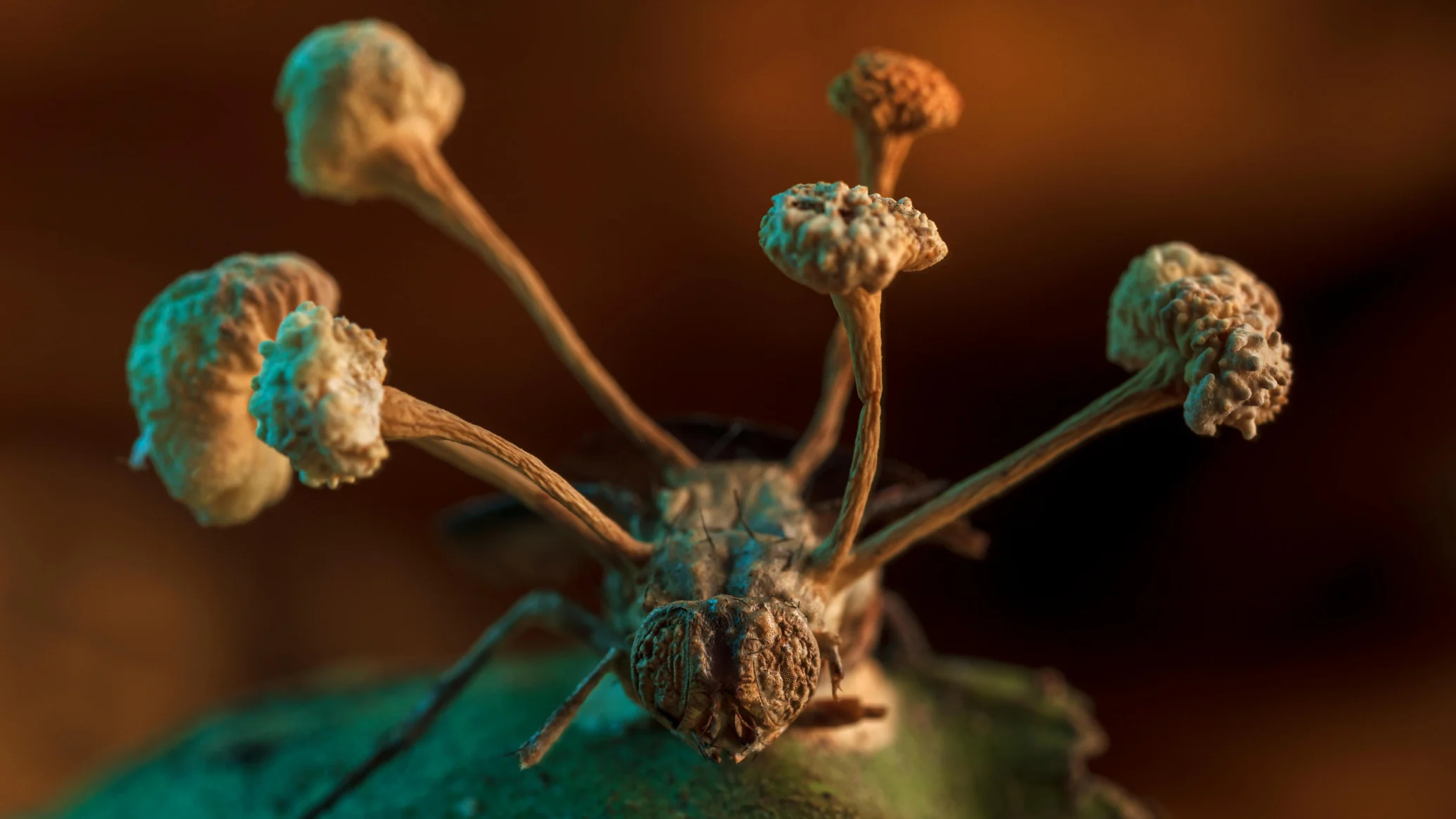
A parasitic fungus erupts from the body of a fly in the Tambopata National Reserve in Peru. Evolutionary biologist Roberto García Roa captured the shot, which won this year’s BMC Ecology and Evolution image competition. The spores of the ‘zombie’ fungus infiltrate the fly’s exoskeleton and brain and compel it to migrate to a location that is more favourable for the fungus’s growth.
-
How many ants live on Earth? At least 20 quadrillion, scientists say. For every person on Earth, there's 2.5 million ants.

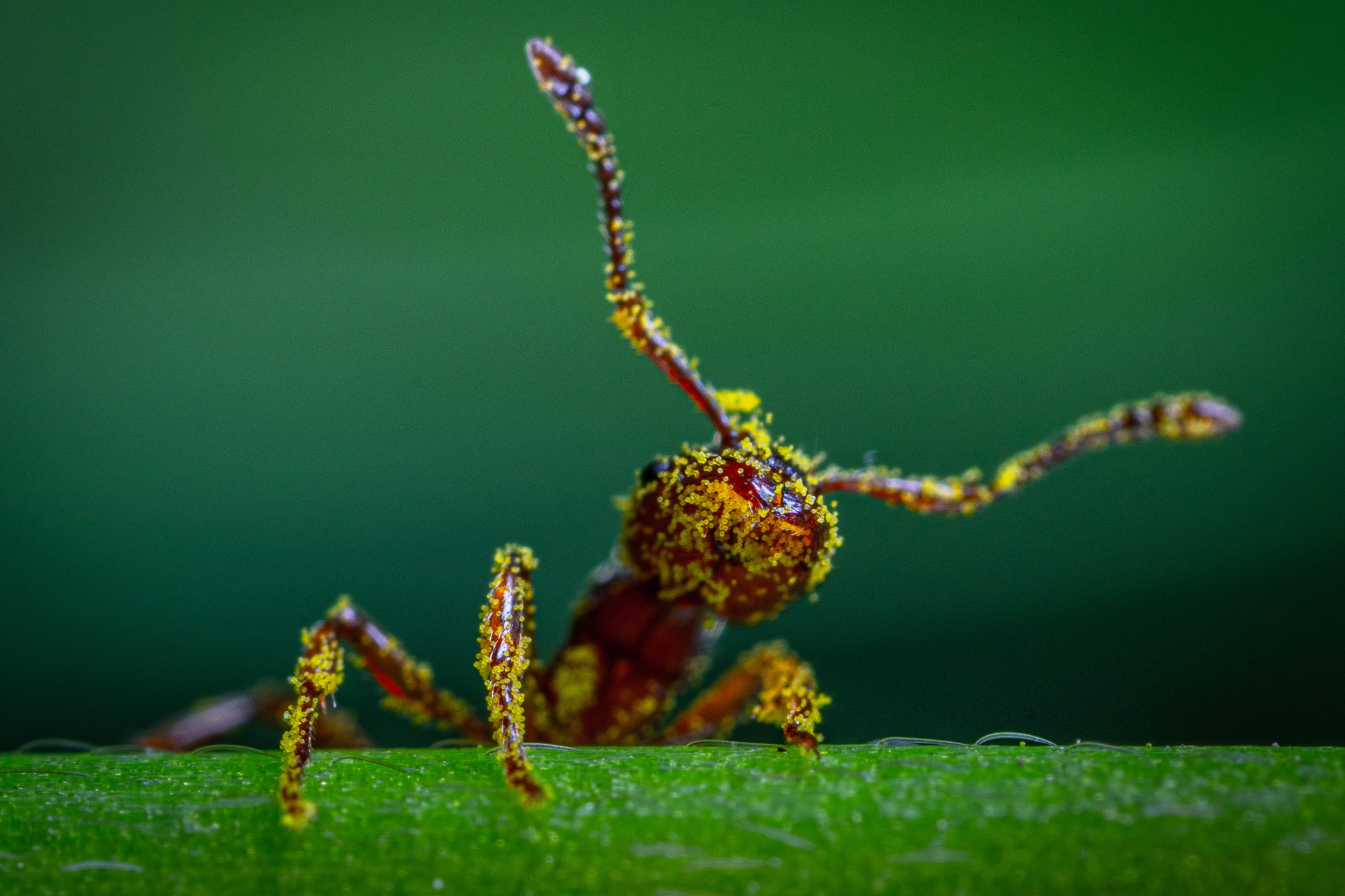
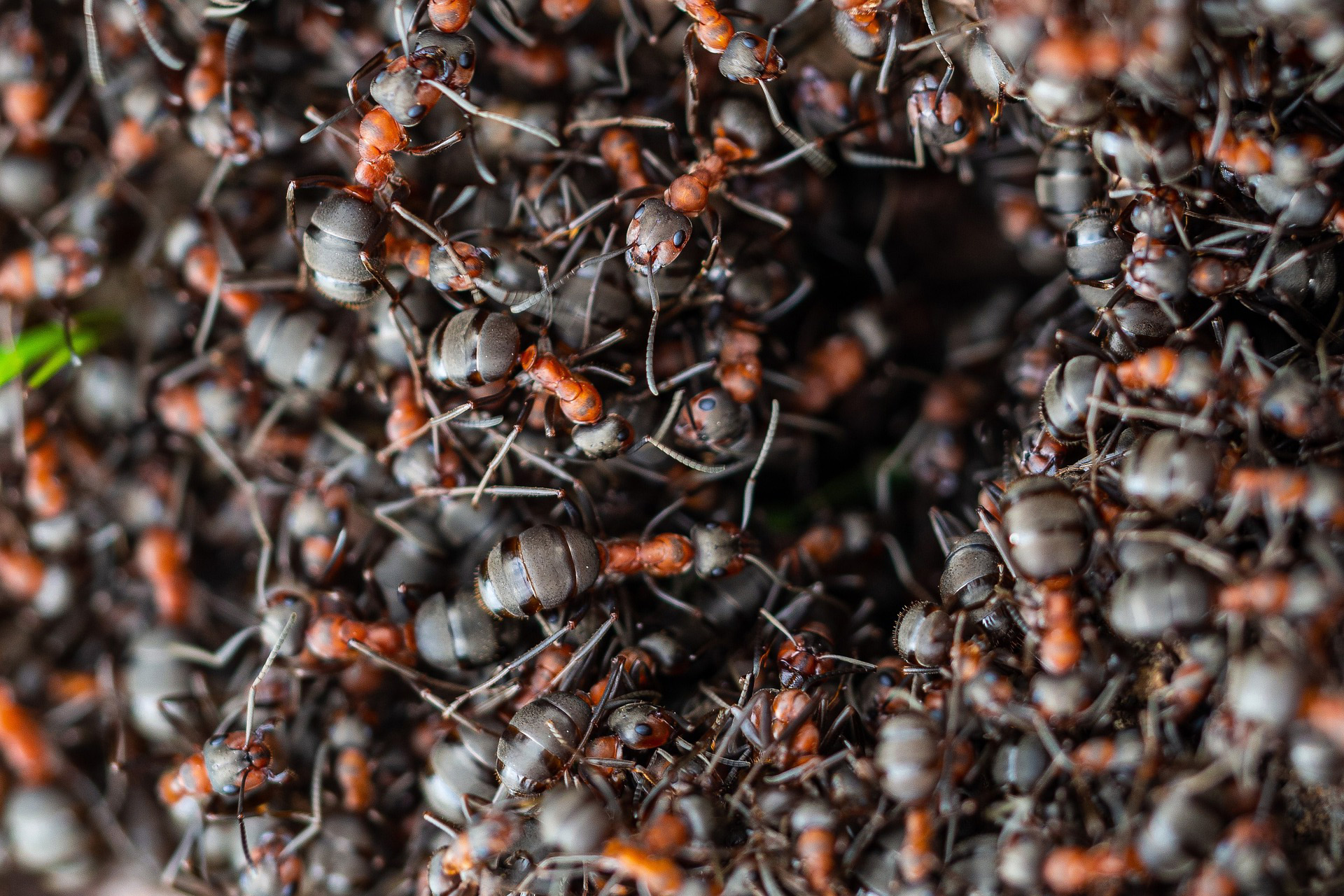
-
What Octopus and Human Brains Have in Common
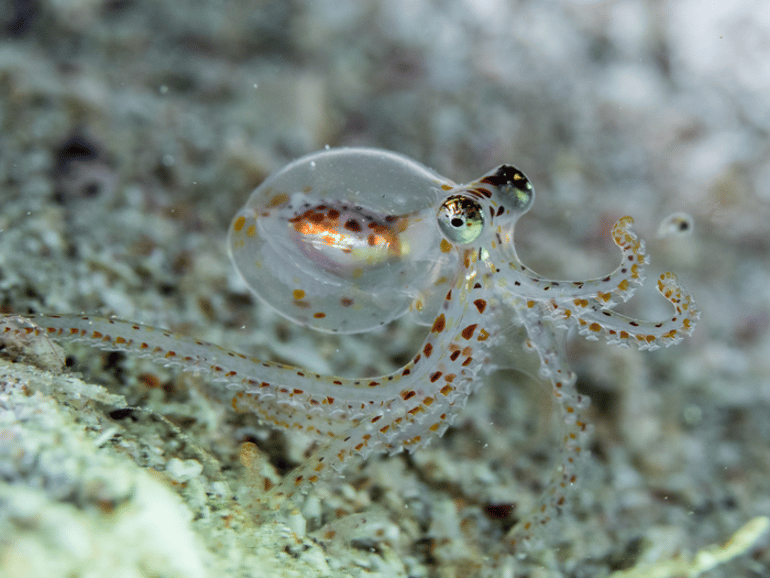
Octopuses have a massively expanded repertoire of miRNA in their neural tissue, reflecting a similar development to that which occurred in vertebrates. Findings suggest miRNA plays a significant role in the development of complex brains.
“This is the third-largest expansion of microRNA families in the animal world, and the largest outside of vertebrates”
-
'Zombie' Virus Reanimated After 50,000 Years In Siberian Permafrost
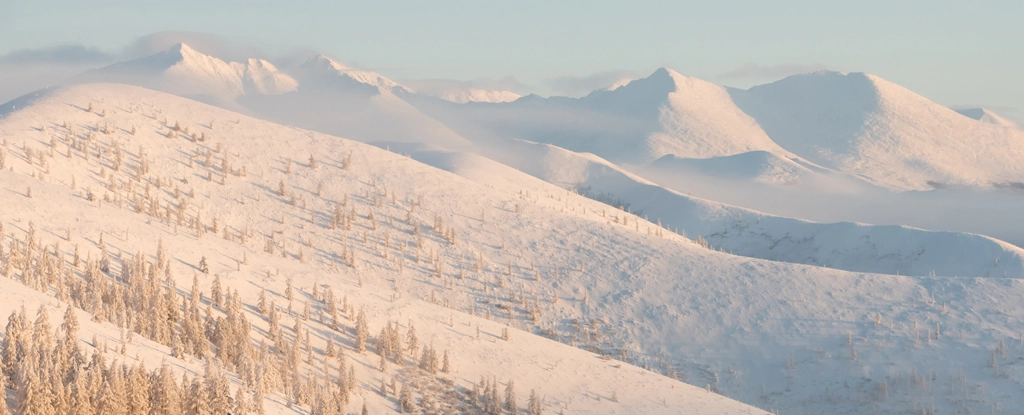
French researchers have reanimated over a dozen prehistoric viruses which have been trapped deep within the Siberian permafrost for nearly 50 million years, according to a pre-print study. After obtaining seven ancient permafrost samples, scientists from the French National Centre for Scientific Research were able to document 13 never-before-seen viruses that had been lying dormant in the ice.
-
Scientists may have found something unfathomably massive living under Antarctica
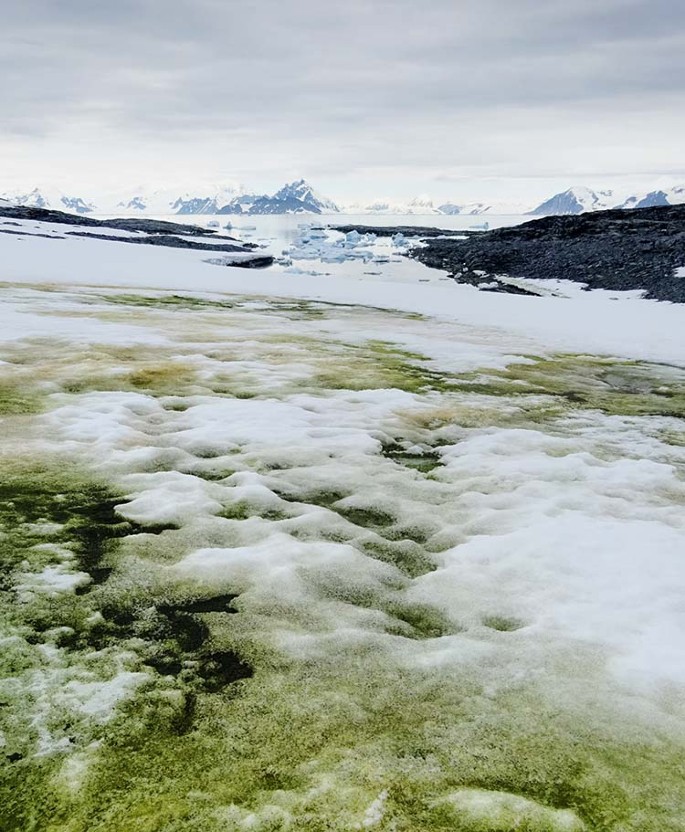
According to a study published in Frontiers in Marine Science, researchers have discovered a massive living world below Antarctica’s icy surface that could be as big as 5 million square kilometers. This continent is often thought of as having a hostile climate and has been ground zero for the changes that rising global temperatures bring. For decades, scientists have studied the photosynthetic algae that forms around Antarctica in the summer months, believing that it only emerges when the ice has melted, giving way for sunlight to reach the algae. Now, though, research suggests that there could still be a massive amount of these algae living permanently underneath the ice that covers the continent. Essentially, that would put a massive world living under the Antarctic ice, which is insane to think about considering how hostile we believe that area of the world to be.

